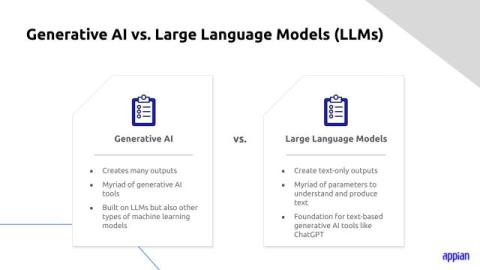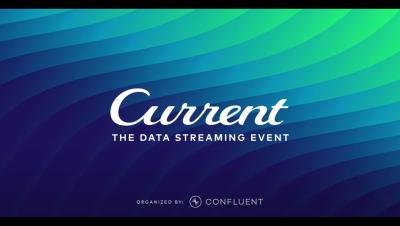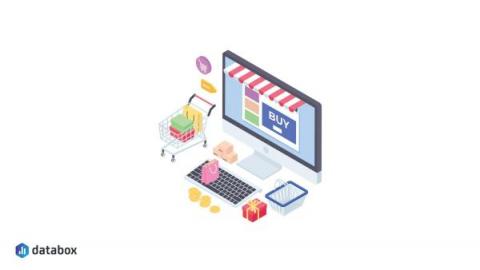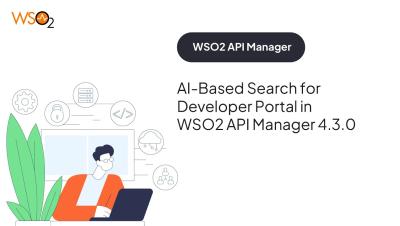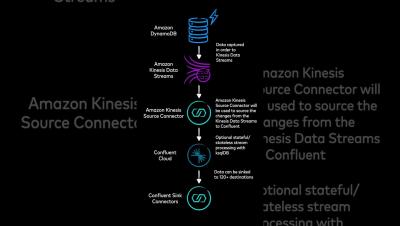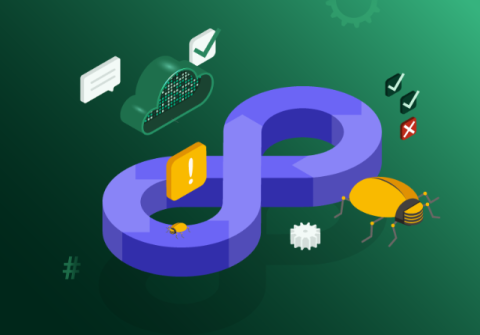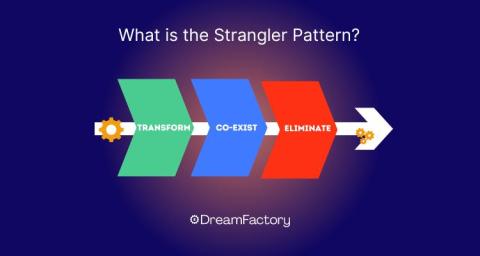Generative AI vs. Large Language Models (LLMs): What's the Difference?
What are the differences between generative AI vs. large language models? How are these two buzzworthy technologies related? In this article, we’ll explore their connection. To help explain the concept, I asked ChatGPT to give me some analogies comparing generative AI to large language models (LLMs), and as the stand-in for generative AI, ChatGPT tried to take all the personality for itself.


